Skincare world constantly talking about the benefits of incorporating some type of retinoid into your skincare routine. That’s because retinoids offer an incredible array of skin benefits, including helping with acne breakouts, irregular pigmentation, sun damage—you name it, a retinoid can probably help you with it. However, starting a retinoid can come with a lot of side effects, which discourage people from continuing to use them and reap all of the amazing benefits. So, I’m going to give you all of my tips to start a retinoid successfully.
We are here to help you understand your skin and find skincare products that work for you.
What are Retinoids?
Before we get into all of our tips and tricks, we think it’s really important to just do a little reminder of what retinoids are.
Retinoids are not a specific skincare ingredient; they are an umbrella term to refer to a bunch of different vitamin A-derived molecules. Things like retinol, retinaldehyde, and then prescription-strength things like adapalene, tazarotene, and tretinoin. Those are all different types of retinoids. They have different potencies, they’re used for different things, and so it’s just important to know that when you’re going to pick out a retinoid, you have to pick out the right one for the thing that you are trying to address with your skin.
Retinoids that are available over the counter, like retinol and retinaldehyde, are often used for cosmetic skin concerns like evening the tone and texture of the skin, as well as helping with little bits of pigmentation, skin brightening, fine line reduction, and collagen production.
Prescription-strength retinoids like adapalene, tretinoin, and tazarotene can also be used to help with all of those things, but they are most often prescribed to help with the treatment of acne.
Even though there are a wide variety of retinoids and they come in a variety of formulations—whether that’s gels, creams, or lotions—they all generally work in the same way, which is to increase cell turnover.
Normally, our cells cycle through their top layers every 28 days or so. It can get a little slower as your skin becomes more aged and more sun-damaged, and retinoids sort of speed up that process as well as regulate that process so that it happens in a very predictable fashion.
What happens with that is it not only helps clear out the pores and help with things like acne, but it can also make the skin look a lot brighter and help the complexion look a lot clearer.
In addition, both over-the-counter retinoids and prescription-strength retinoids have been shown to increase the production of collagen in our skin. See our blog post to find out 5 Best Retinol Products for Sensitive Skin.
As a reminder, collagen is the protein in our skin that gives it bounce and suppleness and makes it look a lot less saggy and wrinkly.
They also slow down the degradation of collagen because as we age, we not only produce less collagen in our skin, but we also break down collagen more. If we are using something in our skincare that helps us produce more collagen and break it down less, our skin is going to look more youthful, brighter, and be healthier.
That is all a very long way to say that if you are looking to incorporate an ingredient in your skincare routine that has the most evidence for improving the appearance of your skin besides sunscreen, incorporate a retinoid.
This is like if I was stuck on a desert island and I could have like two things in my skincare routine, I would pick sunscreen and something with a retinoid.
Irritation Risk Factors of Retinol
So, if you’re sitting here going, “Okay, well, all that sounds really fantastic. Why doesn’t everyone put a retinoid in their skincare routine?” Here is the catch.
Most retinoids, when you start them, will cause some degree of irritation in most people. However, that degree of irritation is going to depend on a lot of different factors. Of course, what your skin is like—like your own personal genetics—what environmental stressors are you exposed to on a regular basis, but also which retinoid you pick, what’s the formula, what’s the brand, what other ingredients are you using in your skincare routine, how often are you doing it, when in your routine are you using it? All of these affect how your skin will respond to the retinoid, both the beneficial effects of it but also the potential side effects that you can have.
In general, the irritation that people experience with retinoids manifests in a few different ways. So, redness is really common, peeling or flaking is also really common, and then the sensation of the skin—so stinging or burning—either when you’re doing absolutely nothing to the skin or when you apply your other skincare products, you experience stinging and burning. Those are the things that most people will complain of when they’re trying to incorporate a retinoid into their skincare routine, and their skin is giving a little bit of pushback.
So, this is really, really normal to experience, and oftentimes if you can push through past the four to eight-week mark, a lot of those side effects are going to go away or lessen significantly to the point where those side effects aren’t going to discourage you from wanting to continue to use your retinoid.
The other side effect that gets a lot of play in the media when you start a retinoid but is actually not that common is something called purging. Purging is where you get an increased number of pimples or breakouts when you start using a retinoid. If you think back to how retinoids work—increasing cell turnover—what can happen is that you can have a bunch of little microscopic pimples on your face or clogged pores, and when you’re increasing that cell turnover for the first time, a lot of that debris that’s down in your pores can come to the surface. That usually happens in the first two to eight weeks of using a retinoid and then goes away as your skin cycles through a couple of times. But definitely, purging can happen, and it’s not fun, but it’s worth it to push through that so you can get to the other side.
How to Minimize Side Effects
All right, now that we’ve talked a little bit about the side effects and made starting retinol sound super appealing, let’s talk about how we can mitigate those side effects, make them happen less often, and make you get through those first couple of months of starting a retinoid so that you can reap the long-term benefits.
First of all, there is not one perfect way to do this or one strategy that is going to work for every single person. There are just too many variables that affect how your skin will respond to something. However, what I’m hoping is that you can take away some piece of advice or some strategic component of starting a retinoid and incorporate it into your routine so that you have the highest chance of having success no matter where you live, what your skin type is, or what type of retinoid that you’re using.
Our disclaimer here is if you have been prescribed a prescription retinoid by your dermatologist or other healthcare provider for acne or for the treatment of another skin care condition, they have evaluated your skin in person, they have deemed that this might be a beneficial intervention for you, and that is the person you should defer to when deciding how to incorporate that particular retinoid into your routine.
If, however, you are starting a retinoid for anti-aging benefits or you are just trying to brighten your complexion or just have overall healthier, less sun-damaged skin, these tips are for you. The biggest thing I want to stress here is there is no rush. We are looking at the benefits of retinoids over the course of months and years and decades. So, if it takes you a few months to incorporate a retinoid into your routine, that is a small sacrifice where you need to be really patient so that you can get all of the long-term benefits, which is really where the best benefits of using a retinoid come in.
1) Start with Over-the Counter Retinoids
My first recommendation is going to be to start with an over-the-counter retinol product. The reason I say this is you can work towards prescription-strength retinoids. There’s lots of data that they are very effective, but there’s also really good data that over-the-counter retinol products are also very effective and are a lot less irritating. So, start with an over-the-counter product, and maybe one day you’ll graduate to a prescription retinoid, but even if you can never get there or your skin can never tolerate it, you will still get so many amazing benefits from using a retinol consistently.
Some retinols will say on the packaging what percent of retinol is incorporated within that particular cream or serum or lotion, and some will just say retinol cream or retinol serum, and those are a little trickier because you don’t know exactly what potency you’re starting with. If you have any concerns or you want to be as scientific about it as possible, I usually recommend starting with a lower strength retinol, something that’s in like the 0.2 maybe 0.1 to 0.3 strength, and once you can use that regularly and get up to using it every single night, then you can graduate to a stronger retinol and then move on from there if you want.
The formulation of the retinol product is going to make a difference. So, a 0.25 retinol in a cream formulation versus a lotion versus a serum and maybe by a different brand, those aren’t going to be like comparing apples to apples.
So, there is a little bit of trial and error when starting. So, the best thing we can recommend is start with something low strength and start with something in a formulation that you enjoy putting on your skin. If you’re a serum person, go with a serum. If you like a richer, thicker cream, get your retinol in the form of a cream to start.
2) Go with Your Familiar Brands
The other thing is if you have a particular skincare brand or skincare line that you particularly enjoy using, for example, you use a lot of Paula’s Choice products and they tend to work well for your skin, where you use a lot of SkinCeuticals products and they tend to agree with your skin, picking a retinol within a brand that you’re already familiar with can be helpful. This isn’t always going to be the case, but a lot of times brands will formulate with similar bases or similar preservatives or similar fragrances.
So, if you’re starting a retinol, you’re going to be worried about having irritation, and the last thing you want to do is introduce yourself to a whole new set of fragrances or a whole new set of preservatives. That’s not always going to be a problem, but if you are struggling with incorporating a retinol or any retinoid into your routine, you always have to think: is it the retinoid or is it the other things that are in the product that are causing me problems? So, if you’re using a familiar product line that you’ve used on your skin before, that decreases that chance of influence a little bit.
3) Remove Other Actives
Okay, so let’s say you found the retinoid that you want to incorporate into your skincare routine. What else should you do? We suggest you to get rid of all other skincare actives for now.
It doesn’t mean that they’re out of the picture completely. We can definitely bring them back in, but we are eliminating things like vitamin C, beta hydroxy acids, alpha hydroxy acids like lactic acid or glycolic acid, fruit enzymes, scrubs, or other physical exfoliants. Essentially anything else that can cause irritation to your skin is out of here for now.
We think one of the best ways to have success when starting a retinoid and where a lot of people sort of mess things up is they try to do too much with too many things.
So, when you are starting a retinoid, we want you to have a gentle cleanser, a moisturizer, a sunscreen, and your retinoid. Nothing more.
4) Use the Right Amount
How much of that retinoid are you using when you apply it? Most dermatologists will recommend a pea-sized amount, and for whatever reason, we feel like people do not understand how big a pea is. And we guess that can vary a little bit. Another way of saying a pea-sized amount is half of a fingertip unit. So, if you look at where the first crease is on the tip of your finger and you take half of that and you just put the retinoid on half of your fingertip, that’s about how much you need for your face.
When you go to put that amount of retinoid on, it’s not going to feel like enough. So many people say, “It doesn’t feel like I’m covering my whole face.” That’s okay. You don’t have to cover a perfectly thick layer over your entire face to reap the benefits of retinoids. Okay, we want a thin layer. One test is 30 seconds after you apply, you can take a little sheet of toilet paper and try to stick it to your face. If it sticks to your face, that usually means you put on too much retinoid. Whereas if it falls right off, that means your retinoid has dried down, you probably didn’t over-apply.
The other thing you can do to help your retinoid sort of spread out evenly is once you put it on your fingertip, you can sort of dot it over a few points of your face and then kind of rub from there. That way you can ensure a slightly more even distribution. We usually rub towards the periphery of my face first because these areas tend to get a lot less irritated and then spread any excess towards the center because the areas around the nose, the mouth, and the eyes tend to get the most irritated.
Some people will talk about mixing their retinoid with a moisturizer to sort of dilute it but also help it spread more evenly over your face. That’s not our recommendation and mostly it’s because you can’t really ensure that you’re getting an even distribution of particles when you’re just mixing it in your hand. You might end up with mostly moisturizer on the right side and mostly retinoid on the other side. So, you’re gonna be more prone to what we call hot spots. We’d rather you put a thin layer of moisturizer on your entire face and then spread your retinoid over the top of that, if anything.
Which brings us to my next point and something that comes up a lot when I talk to people about retinoids, which is:
5) Layering Order
“Do I Put Moisturizer On and then My retinoid or Do I Do My Retinoid and then My Moisturizer?“
So, we tell people if you have not tried using a retinoid on clean, dry skin, start there.
However, if you have tried using a retinoid on clean, dry skin and have experienced way too much irritation, then you can put your moisturizer on first and then layer your retinoid on top of it. But we usually recommend that you at least try starting off with putting it on clean, dry skin.
The reason you’ll hear a lot of skincare professionals talk about putting a retinoid on dry skin is because damp skin can absorb products better. But in the case of a retinoid, that may lead to increased irritation. So, if you can wash your face and then let it dry for 15 to 30 minutes before putting your retinoid on, you may decrease the amount of irritation that you experience.
And then, no matter what, whether or not you applied your retinoid to dry skin or whether you applied your retinoid over a moisturizer, we always recommend you put a layer of moisturizer on over your retinoid once it’s dried down a little bit. This is called the sandwich method. If you put moisturizer on, then your retinoid, then more moisturizer. Otherwise, just put your retinoid on and put moisturizer on. That’s how we do it.
If you do plan on applying your retinoid to dry skin, one thing you can think about is applying a little buffer of moisturizer or Vaseline to certain high-irritation areas. So, putting Vaseline on your lips and near the corners of your mouth, around the corners of your nose, and around your eyes. It doesn’t have to be Vaseline. It can be your regular eye cream or it can be your regular moisturizer. Just something that’s going to buffer the penetration of the retinoid in the certain high irritancy areas can be a good idea.
So, now that you’ve picked out what retinoid you’re going to use, eliminated other actives from your skincare routine that could be potentially irritating, you know exactly how much of the product you’re going to use, and you’ve decided if you’re gonna layer it over moisturizer or apply it to dry skin, the next thing we need to sort of figure out is:
6) How Often to Apply
To decrease our risk of irritation, I think this is the place where most people mess up with incorporating their retinoids. They get too eager and they want to do too much too fast. Remember, the benefits of using a retinoid come over months and years of consistent use. So, if it takes you an extra month or two to incorporate this retinoid into your routine, that is okay.
So, even though you might want faster results because you’re trying to get their acne blemishes clear as fast as possible, we still want you to take it slow in the beginning so that you don’t have too much irritation and you don’t get discouraged.
Step 1: Start with Twice a Week – Monday & Thursday
So, for weeks one and two of starting a retinoid, you can use retinoid twice a week, Monday and Thursday. If you can apply retinoid Monday and Thursday and then again the next week, Monday and Thursday, and if you have no signs of irritation, then the next week you can increase the frequency of application.
If you are experiencing a small amount of irritation, so maybe a teeny bit of flaking, a little bit of redness, a tolerable amount of stinging, we suggest you stay on Monday and Thursday application until you can do that without experiencing irritation. If you’re experiencing too much irritation, you’re crazy flaky, you’re super red, your skin is really angry, we suggest you to stop their retinoid until your skin feels better and then start over, but just starting at one time per week.
Step 2 (If Everything Goes Well in Step 1): Continue with Three Times a Week – Monday & Wednesday & Thursday
So, let’s say you put your retinoid on Monday and Thursday for a couple weeks in a row and you don’t experience much irritation. In weeks three and four, we suggest you go to three days a week and apply your retinoid Monday, Wednesday, and Friday.
Step 3: (If Everything Goes Well in Step 1 & 2): Continue with Every Other Day Application
If you can apply your retinoid Monday, Wednesday, and Friday for a couple weeks in a row with minimal to no irritation, then in the next weeks, we suggest you go to every other day application.
If you notice irritation, flaking, stinging, unacceptable redness when you’re using your retinoid Monday, Wednesday, Friday, or three days a week, then you want to let your skin heal up. So just use moisturizer and gentle cleanser until your skin feels good and then go back down to using it two days a week again.
Once you’re comfortable with two days a week and you feel like your skin might be able to handle three days a week, then you try Monday, Wednesday, Friday application again.
Key: Add One More Night of Frequency in Every Two Weeks
So the general principle with this is every two weeks trying to add one more night of frequency of application of your retinoid. And if adding that other night causes too much irritation, then backing off completely from your retinoid, allowing your skin to heal and not show any signs of irritation, which can take, you know, seven days or so, and then restarting your retinoid at the frequency with which you weren’t having irritation.
So if you go to six nights a week and that’s when you start getting irritation, allowing your skin to heal up and then going back down to five nights a week until you want to try six nights a week again.
Once you’re using your retinoid every single night with minimal to no irritation, you have a few options. One is to not change your skin routine at all. You can continue to do that and you will continue to see benefits from your retinoid.
Another option would be to finish the jar or tube of the retinoid that you’re using and then consider going to a retinoid that’s a little bit stronger if you feel like there’s more results that you could be seeing.
The other thing you can do is incorporate an active ingredient that you’re missing in your routine. So once you’re using your retinoid every single night, then bringing your vitamin C back into the picture, or then bringing your exfoliant back into the picture if you still feel like you need an exfoliant.
Because remember, we always want our skincare to be intentional. We don’t just want to add things back in for the sake of adding them in. We want to bring them back into our routine only if they are giving us an additional skincare benefit that the other things in our routine aren’t offering us.
Conclusion
There may be some of you reading this and still saying I have tried all of those things and no matter what I cannot use my retinoid more than three times a week. If you’re at that point, check yourself.
You know, are you putting it over a moisturizer? So are you buffering your product? Are you also moisturizing in the morning? Because you might want to be increasing the amount of moisturizer you’re using just to support that skin barrier as much as possible. Could you decrease the strength of the retinoid you’re using? So it might be better to use a lower strength retinoid more often than constantly be kind of dodging irritation and using your retinoid only a couple of times a week.
If you are doing all of those things: you’re using a low-strength retinoid, you’re buffering with moisturizer, you’re applying a second coat of moisturizer another time during the day, you’re protecting with sunscreen, you’re not using other skincare actives, then just stay there. We do know that retinoids not used every day still offer a lot of skincare benefits and using it once in a while is still better than nothing.
Also, if you are not able to tolerate retinoids at all, either you have an allergy or extremely easily irritated skin or skin condition that prevents you from being able to tolerate retinoids, do not worry. There are still other amazing things you can use on your skin to help you maintain your skin health and your skin’s appearance, the most important being sunscreen. So if retinoids are not in the cards for you, that is not the end of the world. You can still do a lot of things to support your skin and help it look and feel great.
The final thing we want to mention is if you are applying a retinoid and trying to improve the appearance of your skin, it is so, so important that you are also using a sunscreen during the day.
This is not necessarily because all retinoids will increase your sensitivity to the sun, although there’s some data to support that that happens. There’s also some data to show that it doesn’t increase sun sensitivity. But what are you going through all that trouble for anti-aging for if you’re not going to protect your skin from the thing that ages your skin the most? The sun. Absolutely no matter what, don’t even think about starting a retinoid in your routine unless you’re wearing sunscreen every day first.
We hope this blog was helpful for you and that you picked up a tip or two.
Disclaimer: In the name of full transparency, please note that this post contains affiliate links and any purchase made through such links will result in a small commission for us.
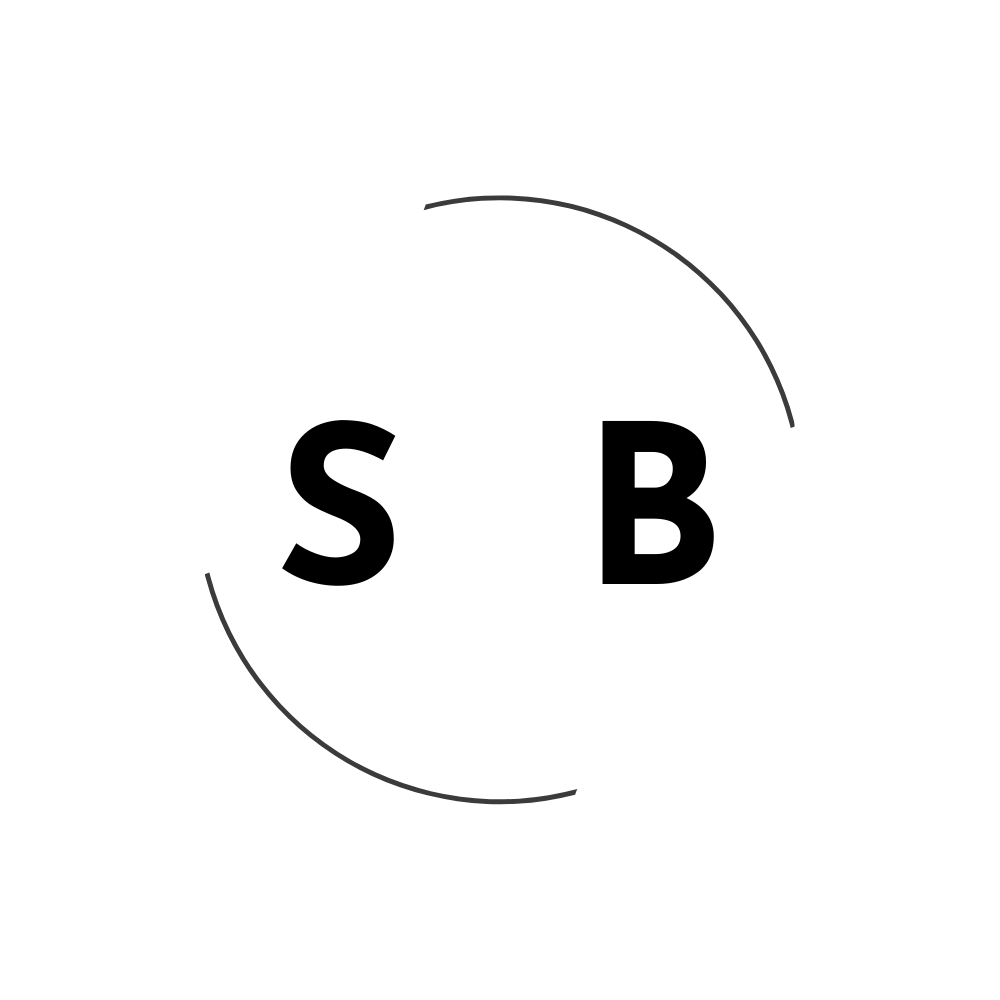
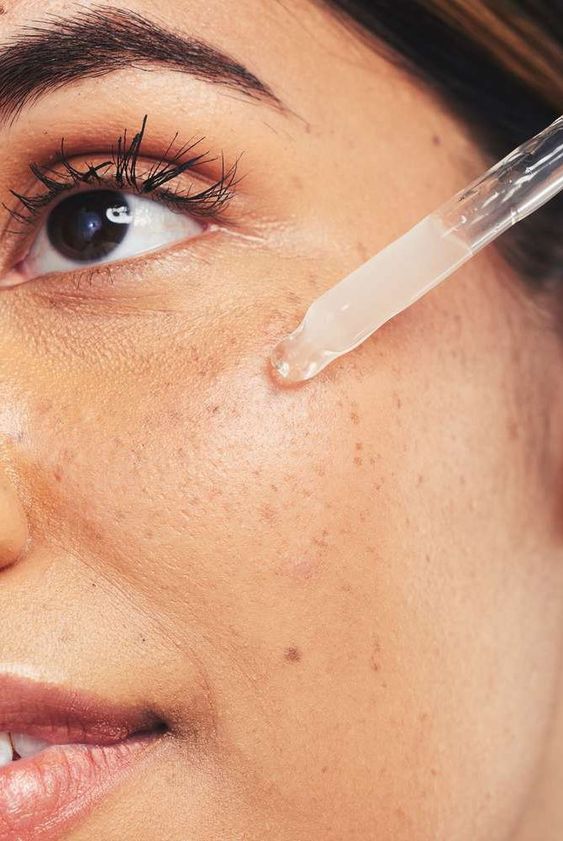

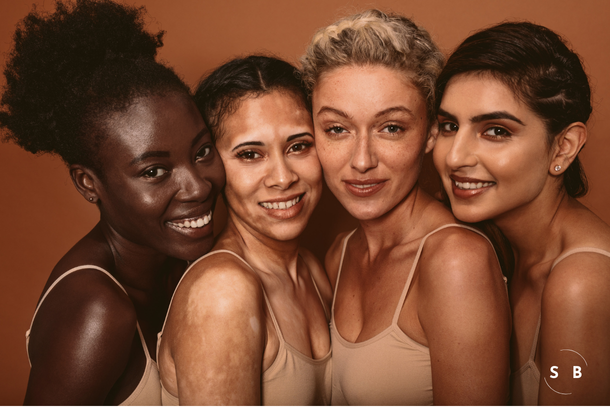
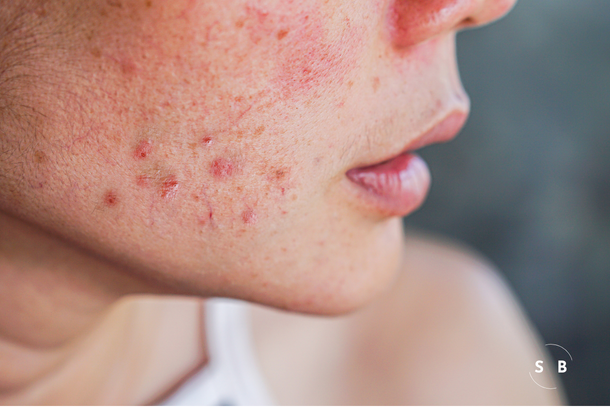
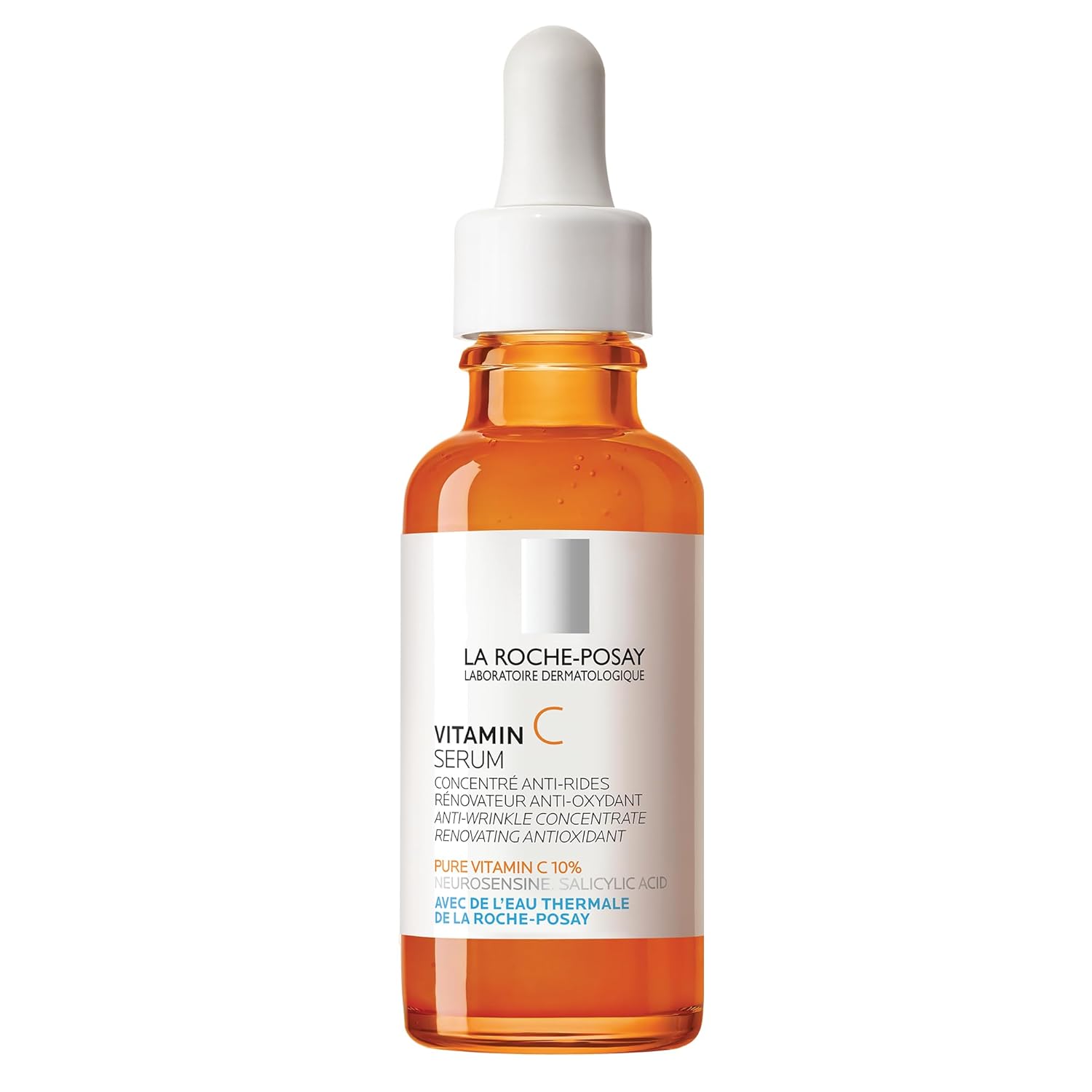
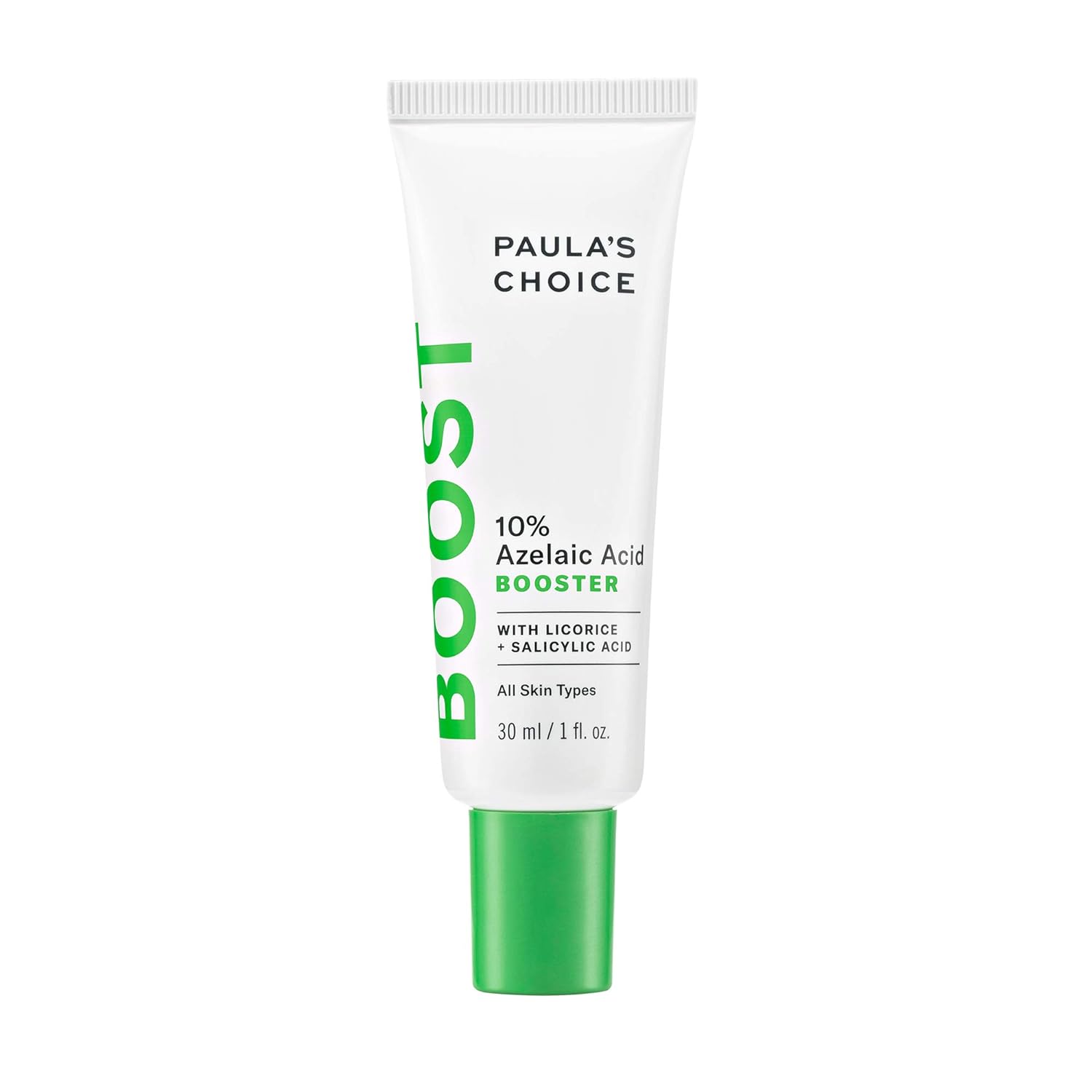
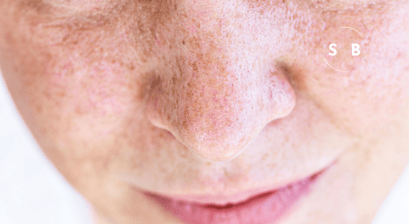
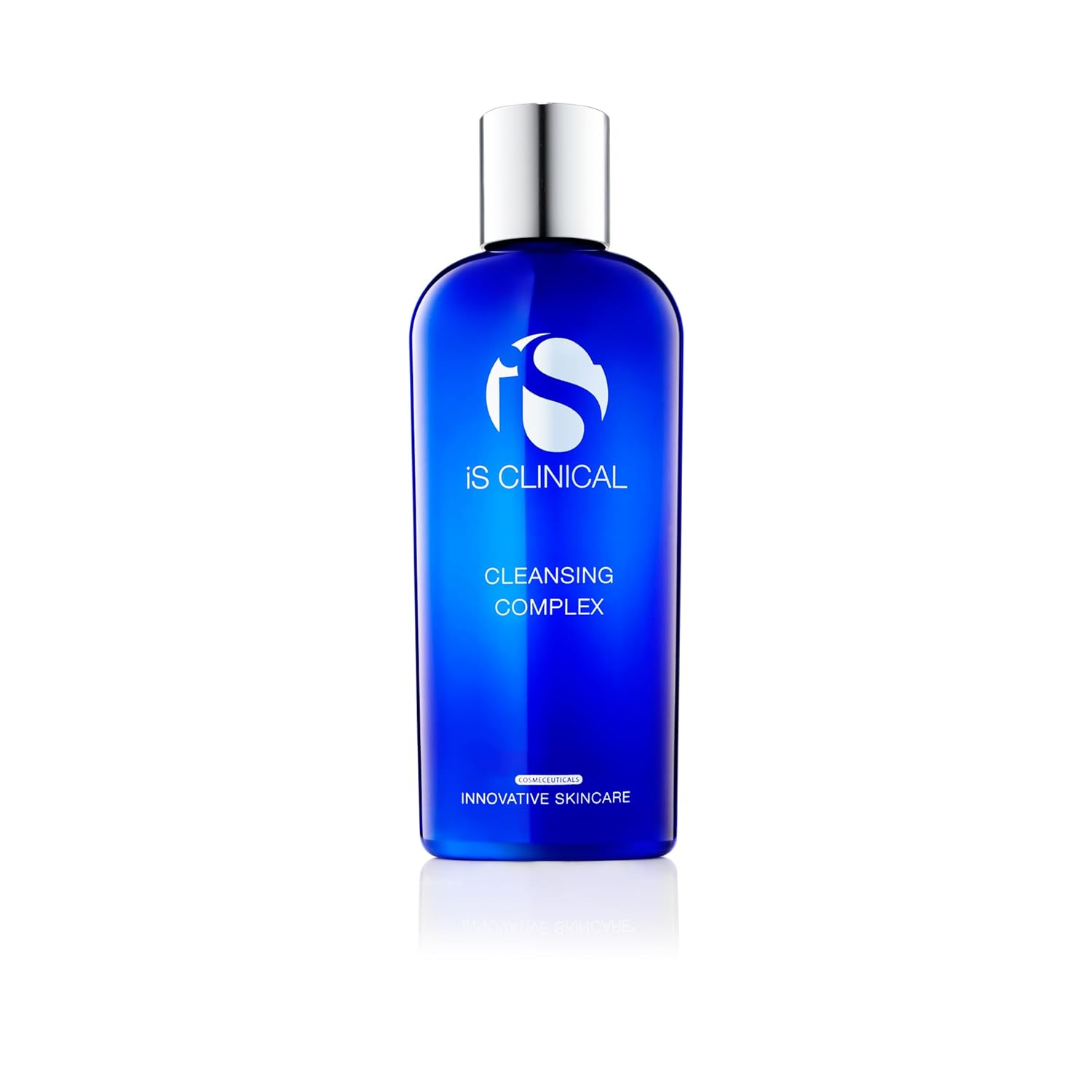
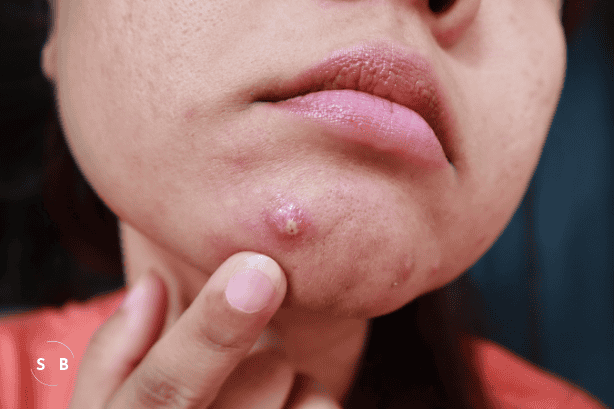
Leave a Reply